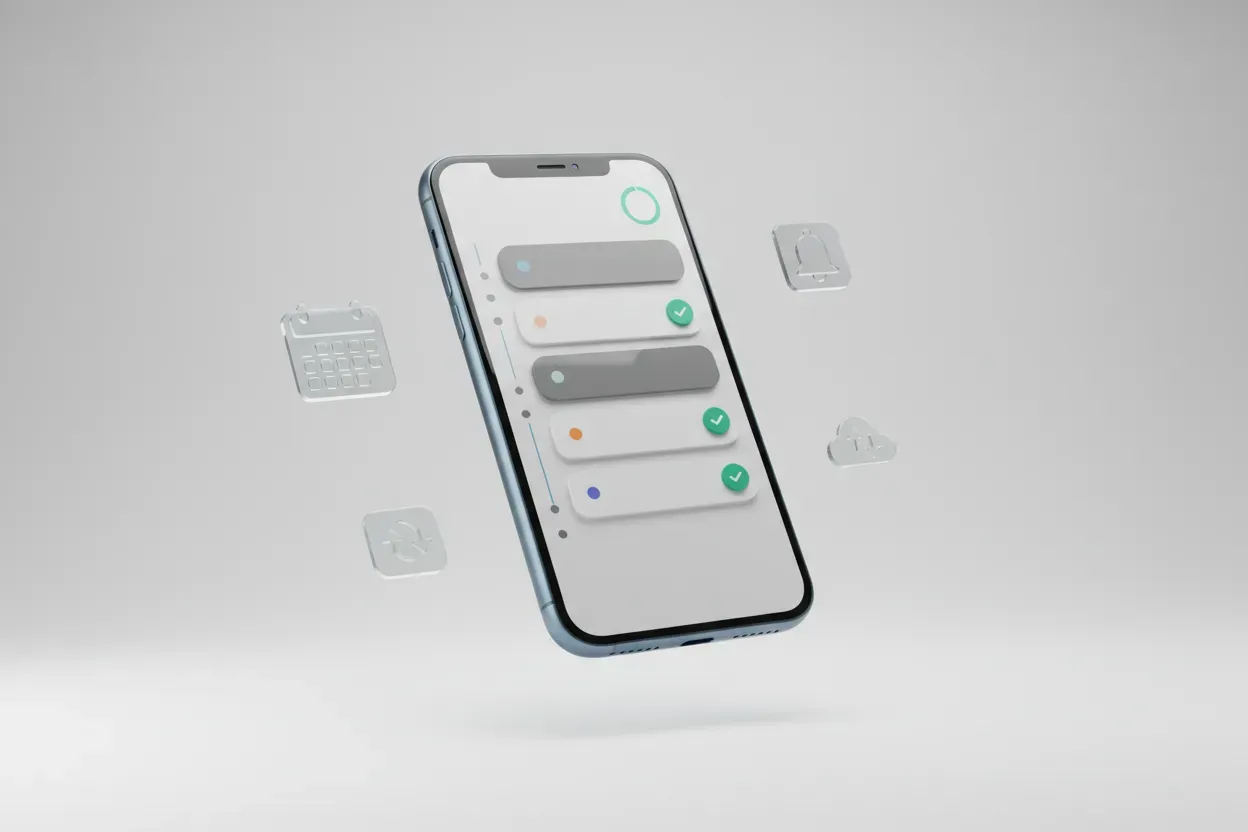What’s Your Strategy for Handling Taxation and Minimizing Business Tax Liability?
From the meticulous foresight of an accountant to the strategic considerations of a founder, ten seasoned professionals unveil their most effective tax-saving techniques. These insights, ranging from being proactive with tax planning to employee benefits yielding tax savings, are designed to bolster your business’s financial health. Discover how these ten tax strategies have positively impacted the bottom lines of diverse businesses.
- Be Proactive with Tax Planning
- Deduct Business Car Expenses and Mileage
- Employ Cybersecurity Solutions
- Hire Family Members
- Strategically Defer Income
- Leverage Depreciation as a Tax-Saving Tool
- Contribute to Retirement Plans
- Invest in Essential Machinery
- Include R&D Tax Credits
- Yield Tax Savings in Employee Benefits
Be Proactive with Tax Planning
As an accountant, I often see businesses leave tax planning to the last minute or choosing not to do tax planning in the first place. In doing so, they are missing a huge opportunity to minimize their tax and maximize their profits.
We provide our clients a tax plan which gives them a full report on where we expect your business to be at the end of the financial year, with up to three options available to help minimize tax while maximizing the business profits. You should complete tax planning at least a month before the end of the financial year, so that you have time to implement the necessary actions. Ignore tax planning at your peril.
 Catarina Santini
Catarina Santini
Founder, Accountant, CS Accounting
Deduct Business Car Expenses and Mileage
You can get a tax break for the expenses of your car if you use it for business work. Whenever I used a car for company work, I kept track of the miles to get tax breaks.
People can figure out their car expenses in any of the following ways: first, the standard mileage rate; second, a deduction for the actual expenses of using the car for company work. To get a tax break for this, the IRS says the person must keep track of their business, commute, personal miles, and the business purpose for the trip.
If someone wants to deduct actual expenses, they must keep track of things like gas, oil, service, insurance, lease payments, interest on a car loan, and depreciation value. It is also a must if the standard mileage rate isn’t used in the first year the car is claimed for a Section 179 deduction or a special depreciation allowance, or if five or more cars are being used simultaneously. The business miles must be measured from the main office location.
 Lyle Solomon
Lyle Solomon
Principal Attorney, Oak View Law Group
Employ Cybersecurity Solutions
Tax-saving techniques are an important part of any business. One technique I’ve employed is investing in cybersecurity solutions for my business. Cybersecurity is a growing concern for businesses, especially those that operate online. By proactively investing in the right tools and protocols to protect your digital data, you can not only save on taxes but also improve your overall bottom line by avoiding costly data breaches or cyberattacks.
For selecting the right products and services for your security needs, making sure they are up-to-date with the latest trends and technologies is key. My team researched a variety of options before narrowing down our selection to a few suitable choices based on our budget and needs—this way, we could make sure we were getting the most out of our investment while still staying within the confines of our tax savings plan.
 David Bui
David Bui
Director and Business Specialist, Schmicko
Hire Family Members
Being a family-owned business, when our family members turned 15, we were able to take tax deductions for hiring them to work at our store. All of them have turned into owners of our business eventually as well. So, not only did it help to increase our bottom line, but it also helped ensure our business continues in our family.
 Jeff Michael
Jeff Michael
Ecommerce Business Owner, Supplement Warehouse
Strategically Defer Income
I’ve utilized income deferral as a tax-saving strategy. This method involves shifting specific revenue or payments into the following tax year, thereby decreasing the taxable income for the present year.
By deferring a client’s significant payment of $10,000 from the end of December to early January, we managed to transition this income to the next fiscal year, effectively lowering our taxable income for the current year and consequently reducing our tax burden.
 Nidhi Thakur
Nidhi Thakur
Co-Founder and Editor, Earthtechy
Leverage Depreciation as a Tax-Saving Tool
My experience with implementing strategic investments in depreciable assets showcases the significance of proactive tax planning. By leveraging depreciation as a tax-saving tool, the business not only reduced its immediate tax liability but also laid the foundation for sustained financial health and competitiveness in the market.
This experience underscores the importance of aligning financial strategies with the broader goals and vision of the business.
 Mark Fong, General Manager, CEO, hexagon lights
Mark Fong, General Manager, CEO, hexagon lights
Contribute to a Retirement Plan
Retirement plans are an effective tax-saving technique for businesses, especially small businesses. By contributing to a retirement plan, business owners can reduce their taxable income and save on taxes.
Additionally, these contributions grow tax-free until retirement age. This not only helps the business owner save money on current taxes but also allows them to accumulate savings for the future.
This, in turn, has a positive impact on the bottom line of the business as it provides potential tax savings and helps with retirement planning. It also serves as an attractive benefit for employees and can improve employee retention and loyalty.
 Zach Shelley
Zach Shelley
Founder and CEO, A-List Properties
Invest in Essential Machinery
As the end of the year approaches, our company takes advantage of the opportunity to save on taxes by investing in essential machinery.
By doing so, we not only improve our business operations but also benefit from a substantial tax break. This strategic move allows us to make necessary upgrades while simultaneously reducing our tax burden, ultimately leading to a more profitable year-end.
 Tammy Sons
Tammy Sons
CEO, TN Nursery
Include R&D Tax Credits
One effective tax-saving strategy we’ve employed is utilizing tax credits for research and development. This approach has significantly lowered our tax liability, allowing us to reinvest more funds into innovation.
By capitalizing on these tax credits, we’ve seen a positive impact on our bottom line, enhancing our profitability and financial health. This strategic move has not only saved us money but also encouraged continuous improvement and development within our business operations.
 Eric Lam
Eric Lam
Head of Business Strategy, San Francisco Tax Appeal
Yield Tax Savings in Employee Benefits
One tax-saving technique that we’ve employed in our business is making the most of employee benefits. By offering a variety of benefits to our employees, we can save on taxes and increase the morale and productivity of our team.
For example, we offer our employees a variety of health insurance options, including dental and vision coverage. Since our employees are paying for these benefits out of their pre-tax income, we are able to save on payroll taxes.
Additionally, we offer a Flexible Spending Account (FSA) to our employees. This account allows them to set aside pre-tax money to pay for medical expenses, which can save them money in the long run. By offering these benefits to our employees, we are able to save on taxes while also providing them with the resources they need to stay healthy and productive.
 Matthew Ramirez
Matthew Ramirez
Founder, Paraphrasing Tool
Submit Your Answer
Would you like to submit an alternate answer to the question, “Can you provide a tax-saving technique you’ve employed in your business and its impact on your bottom line?”







































